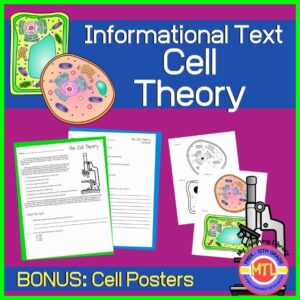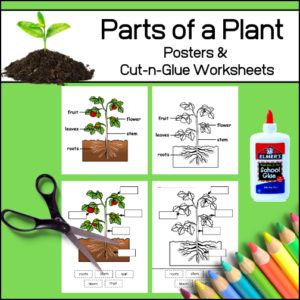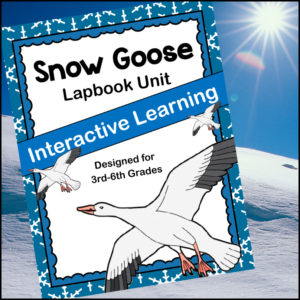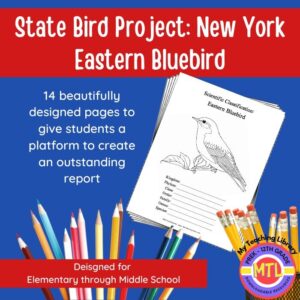Description
- On the coloring worksheet, students will color and create a corresponding key to identify each structure / organelle.
- On the functions worksheet, students will write the main function(s) of each given structure / organelle.
$2.00
This Science / Biology resource includes 2 activity worksheets for students to help them review the structures / organelles of an animal cell and the main function(s) of each. Structures /organelles include: centrosome, plasma membrane, mitochondria, vacuole, Golgi apparatus, ribosome, lysosomes, rough endoplasmic reticulum, smooth endoplasmic reticulum, nucleus, nucleolus, peroxisome, cytoplasm
Only logged in customers who have purchased this product may leave a review.

A great introductory lesson on Cell Theory for your Science students. The text will teach students about the contributions of scientists Robert Hooke, Matthias Schleiden, Theodor Schwann and Rudolf Virchow. It lists the 3 basics of Cell Theory as well as the 3 ‘modern’ ideas that have been added to Cell Theory.
This resource includes:

This resource includes two labeled posters (1 color – 1 b/w) and two cut-n-paste worksheets. It has been designed for younger students with only five parts of the plant listed: roots, leaves, stem, flower and fruit.

This resource contains everything your students need to complete it. No need to do additional research, although this should be encouraged. So whether you are looking for a completely self-contained unit or one that allows for in-depth study, this is it…Snow Goose Lapbook Unit!
Students will study all aspects of the Snow Goose’s life, vocabulary related to the informational reading contained within the unit, complete map work and more.

Studying the state of New York and state symbols? What is the state bird of New York?
This project-based unit is designed to help students study and record information about New York’s state bird: Eastern Bluebird
What type of pages are contained in this set:
– A map page (for the state)
– Scientific classification page
– A page for students to give details about the bird’s physical description, habitat, diet, life span and reproduction
– A page where students will do additional map work to show where in the U.S. the bird lives in addition to migration information
– Coloring page
– Several pages on which students can use for expository and/or creative writing as well as sections in which students may draw.
14 pages in all and is designed for different levels / abilities.


Reviews
There are no reviews yet.